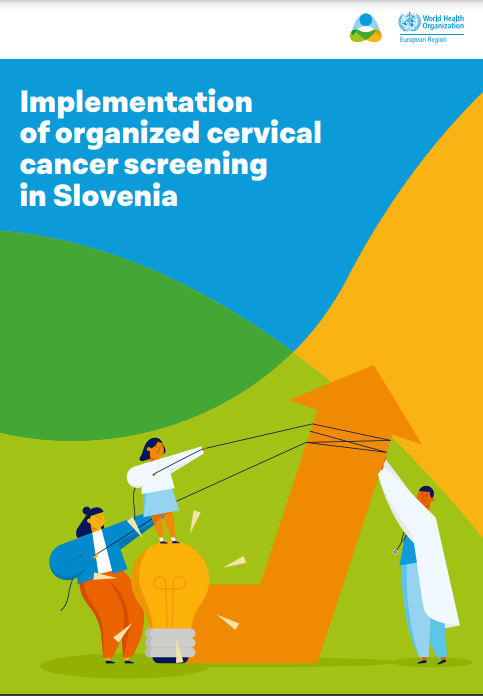
-
Download document
English(英语) (pdf, 291,12 KB)
-
Source
Implementation of organized cervical cancer screening in Slovenia
In the 1990s an increase in cervical cancer incidence was observed in data from the Slovenian cancer registry (one of the oldest population‑based cancer registries in Europe).
The desired aim was to reduce cervical cancer incidence (1) by implementing an organized cervical cancer screening programme with a care pathway linking timely follow‑up services; and (2) by introducing quality assurance mechanisms to improve the quality of screening services.
A way forward was proposed by public health experts working in collaboration with health‑care providers, the Ministry of Health and insurance providers to achieve the desired change and implement an organized, population‑based cervical cancer screening programme for the defined target population.
Following European guidelines and WHO recommendations, guidelines were developed, a central registry was established, and quality assurance mechanisms were put in place. It was challenging given the different interests involved. Some gynaecologists and women were sceptical that the incidence of cervical cancer would be lowered by moving from opportunistic to organized screening, limiting the screening age, and prolonging the screening interval. Changing these perceptions was only possible thanks to the high level of trust that existed between public health experts and the public health directorate and between women and their gynaecologists. Trust was also built over time between screening providers and public health experts.




